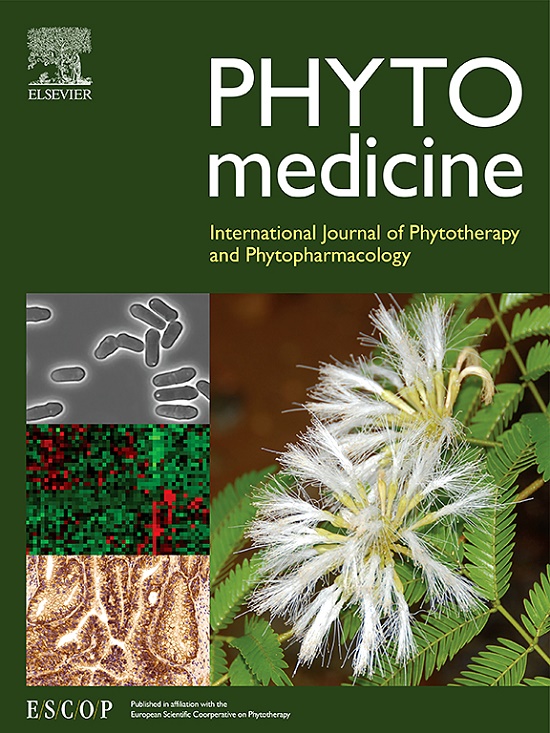Glycyrol alleviates osteoporosis through dual modulation on osteoclastogenesis and osteogenesis by targeting Syk signaling pathway
IF 6.7
1区 医学
Q1 CHEMISTRY, MEDICINAL
引用次数: 0
Abstract
Background
Osteoporosis, characterized by an imbalance between osteoclast-mediated bone resorption and osteoblast-mediated bone formation, has become a serious public health challenge worldwide. Glycyrol (GC) is a representative natural coumestan isolated from licorice that shows multiple pharmacological activities, but its anti-osteoporotic effect and underlying mechanisms remain unclear.
Results
GC significantly suppressed lipopolysaccharide-induced mouse bone loss and dexamethasone-induced zebrafish bone formation deficiency. Meanwhile, GC exhibited dual effects of inhibiting osteoclast formation and bone resorption, and stimulating osteoblast differentiation and mineralization. By combining kinomic screening assay, bioinformatics analysis and cellular target engagement validation, spleen tyrosine kinase (Syk) was identified as a key kinase target of GC. Subsequently, Syk was determined to play important roles in promoting osteoclast formation and impeding osteoblast differentiation. Interestingly, GC directly bound to the active cavity of Syk through hydrogen bonds and significantly inhibited its activity. Moreover, GC remarkably inhibited RANKL-induced activation of Syk/PLCγ2/Ca2+/NFATc1 and MAPK pathways in macrophages undergoing differentiation into osteoclasts.
Conclusion
These results demonstrated that GC exerted a dual regulation on osteoclastogenesis and osteogenesis and consequently alleviated osteoporosis through targeting Syk and its downstream signaling pathways. In addition, the current study emphasizes the key roles of Syk in bone resorption and formation, suggesting the application potential of Syk inhibitors for the management of bone diseases. Meanwhile, this study provides evidence supporting the development of GC or its derivatives as effective anti-resorptive and bone anabolic agents for the prevention or treatment of osteoporosis and other bone diseases.

求助全文
约1分钟内获得全文
求助全文
来源期刊

Phytomedicine
医学-药学
CiteScore
10.30
自引率
5.10%
发文量
670
审稿时长
91 days
期刊介绍:
Phytomedicine is a therapy-oriented journal that publishes innovative studies on the efficacy, safety, quality, and mechanisms of action of specified plant extracts, phytopharmaceuticals, and their isolated constituents. This includes clinical, pharmacological, pharmacokinetic, and toxicological studies of herbal medicinal products, preparations, and purified compounds with defined and consistent quality, ensuring reproducible pharmacological activity. Founded in 1994, Phytomedicine aims to focus and stimulate research in this field and establish internationally accepted scientific standards for pharmacological studies, proof of clinical efficacy, and safety of phytomedicines.
 求助内容:
求助内容: 应助结果提醒方式:
应助结果提醒方式:


